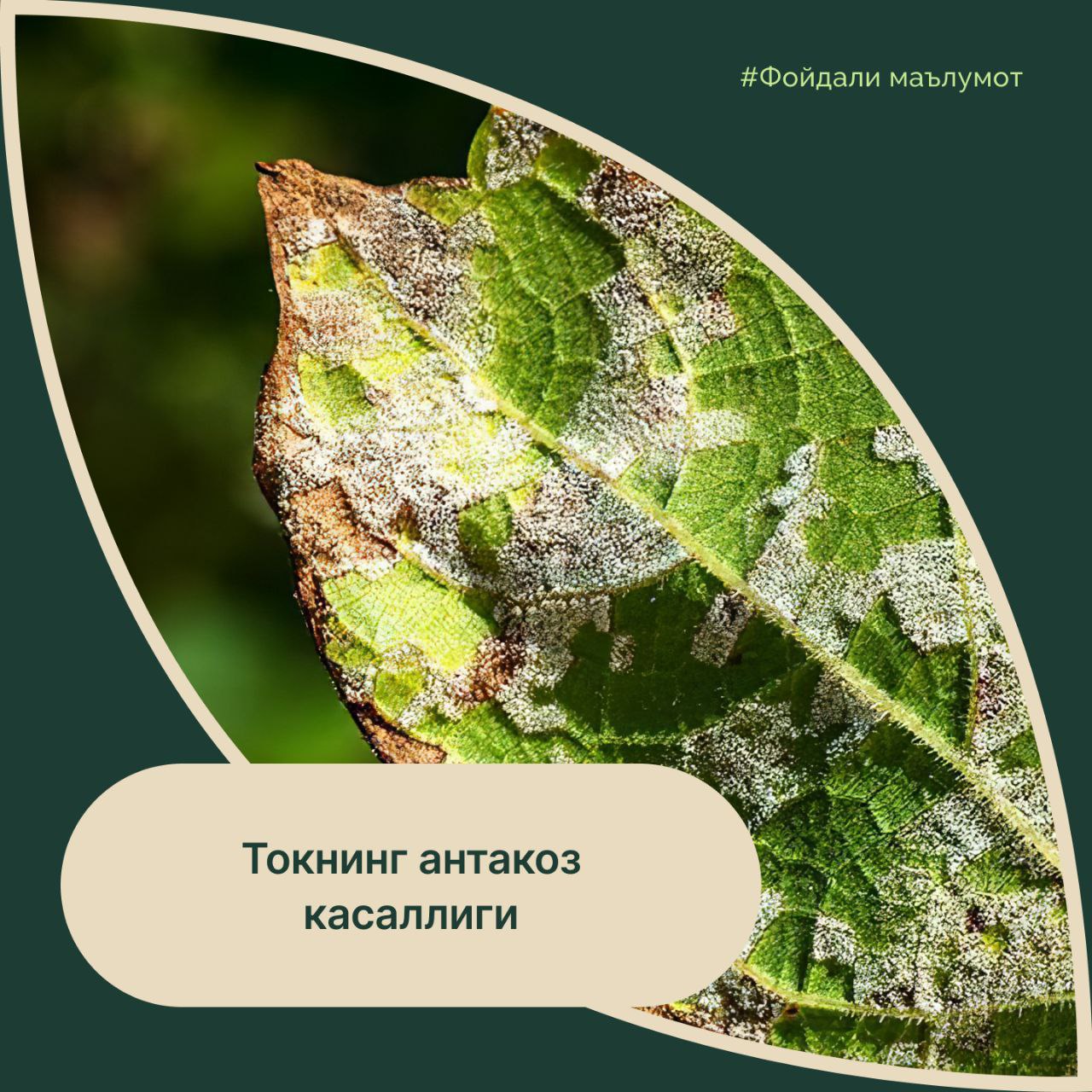Media
Our Achievements
Resources
En
2024-12-22
Anthracnose of grapevine
The appearance of reddish-gray or dark brown spots of various shapes on grapevine leaves is a sign of the disease known as "anthracnose." Additionally, the leaves become perforated and fall off. Later, uneven ulcers form in the place of such spots. The edges of these ulcers develop bumps, and the spots darken. As the disease progresses, the shoots turn coal-black. The affected shoots become deformed, brittle, and break under the influence of wind. The leaves shrink in size and dry out. Gray spots surrounded by a dark brown border appear on the edges of the damaged leaves. The affected leaf tissues disintegrate and fall off.
The disease develops most intensively in low-lying, humid areas, along riverbanks, in regions with shallow groundwater, and in densely planted vineyards. The anthracnose pathogen overwinters in the tissues of affected shoots in the form of mycelium. During the season, the fungus produces numerous generations. Grapevine shoots are infected in the first two months of the growing season, and leaves in the first month. Therefore, this disease does not occur in the second half of summer. Grapevine bushes affected by the disease for 3–4 consecutive years completely wither. The pathogen affects only grapevine plants. The most susceptible varieties include Husayni, Black Kishmish, White Kishmish, Chilak, Charos, and Buvaki.
The disease affects all above-ground parts of the grapevine plant. Furthermore, spots surrounded by a black border appear on the infected inflorescences. Most of the infected flowers fall off. On infected grape berries, gray depressions surrounded by a dark border form. Such berries grow unevenly, often dry out and fall off, or remain hanging on the shoot.
The following measures are effective in combating this disease: cleaning the area of plant debris before plowing and tilling, using cuttings from healthy plants for planting, performing high-quality pruning before and after flowering, and maintaining moderate irrigation.
.jpg)

